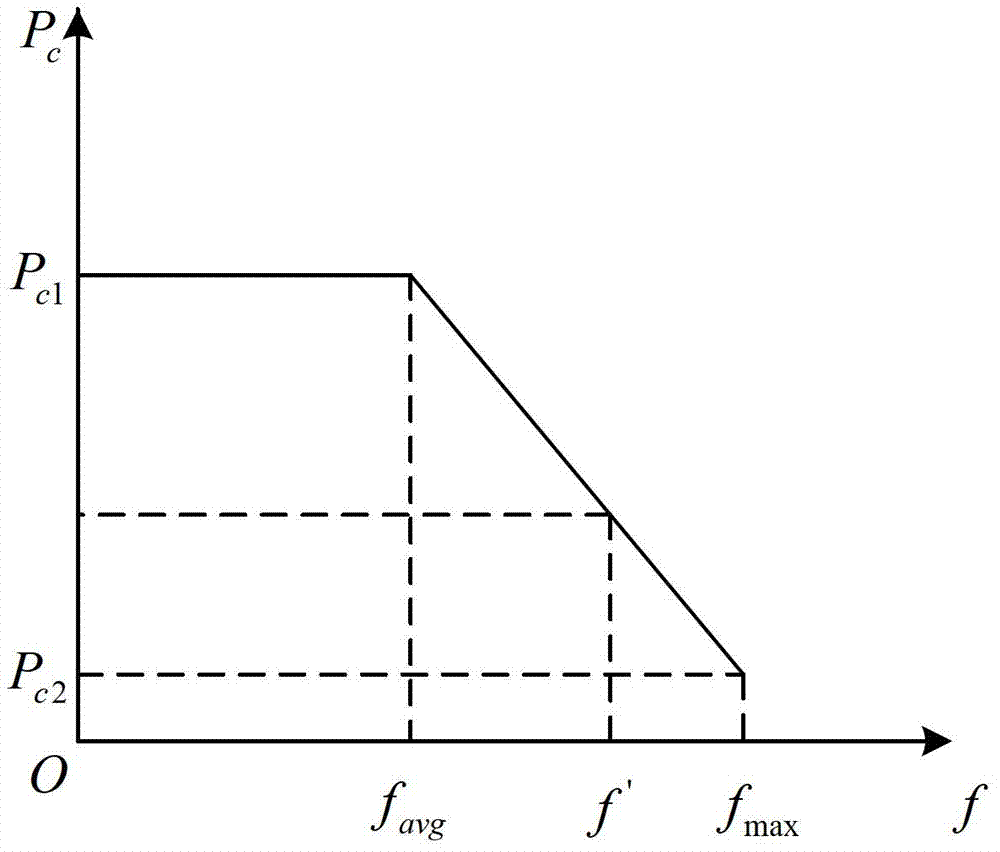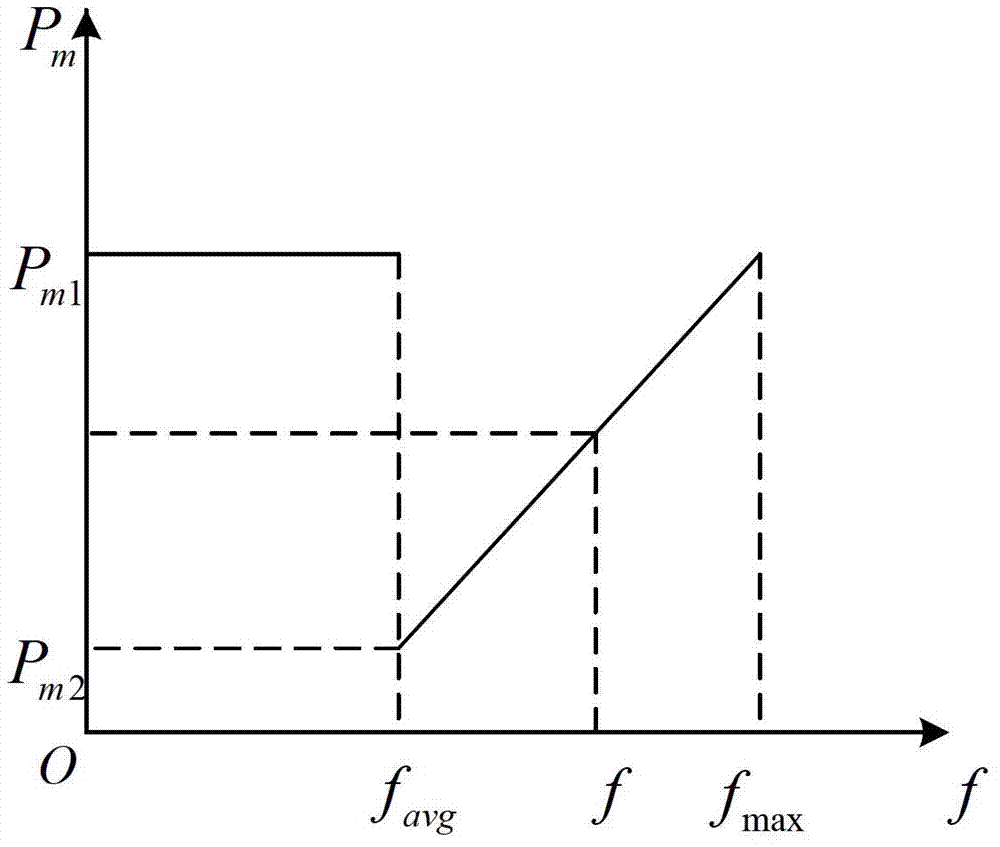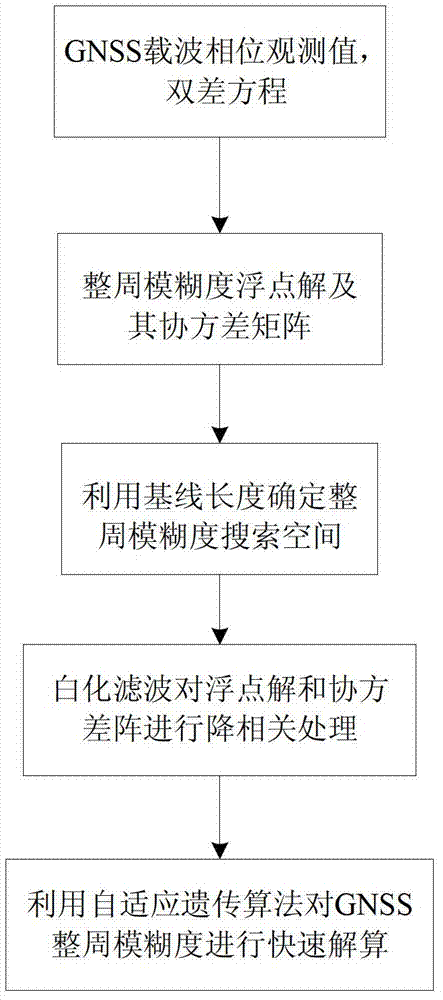Adaptive genetic algorithm-based single-frequency GNSS (Global Navigation Satellite System) integer ambiguity acquisition method
A technology of integer ambiguity and genetic algorithm, which is applied in the field of single-frequency GNSS integer ambiguity acquisition, can solve the problems that cannot satisfy the search in the early and late stages of calculation, affect the speed and efficiency of search, and destroy the excellent mode of population, and achieve Avoid complex calculations, improve search speed, and reduce correlation effects
- Summary
- Abstract
- Description
- Claims
- Application Information
AI Technical Summary
Problems solved by technology
Method used
Image
Examples
Embodiment Construction
[0017] The present invention will be further described in detail with reference to the accompanying drawings and embodiments.
[0018] like figure 1 , figure 2 As shown, in the adaptive genetic algorithm, the crossover probability P c and mutation probability P m It is automatically changed with the fitness of individuals in the population. Depend on figure 1 , figure 2 It can be seen that when the fitness of an individual in the population is lower than the average fitness value, it means that the individual is a poor individual, and a larger crossover probability P c and mutation probability P m ; When the fitness value of an individual in the population is higher than the average fitness value, it indicates that the individual has excellent performance, and the corresponding crossover probability P should be selected according to its fitness c and mutation probability P m . figure 1 , figure 2 in, f max is the maximum fitness in each generation; f avg is the ...
PUM
 Login to View More
Login to View More Abstract
Description
Claims
Application Information
 Login to View More
Login to View More - R&D
- Intellectual Property
- Life Sciences
- Materials
- Tech Scout
- Unparalleled Data Quality
- Higher Quality Content
- 60% Fewer Hallucinations
Browse by: Latest US Patents, China's latest patents, Technical Efficacy Thesaurus, Application Domain, Technology Topic, Popular Technical Reports.
© 2025 PatSnap. All rights reserved.Legal|Privacy policy|Modern Slavery Act Transparency Statement|Sitemap|About US| Contact US: help@patsnap.com



